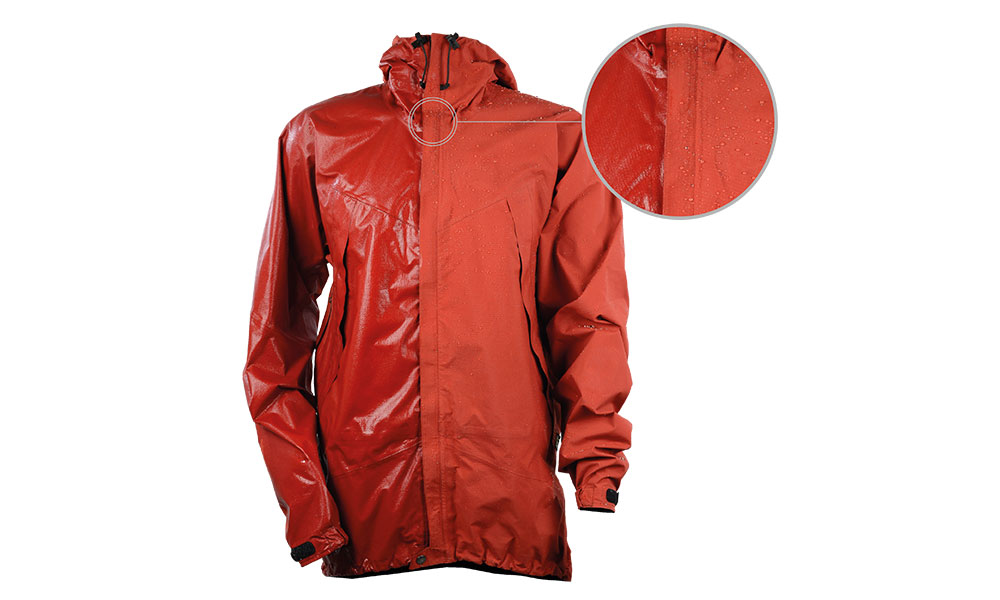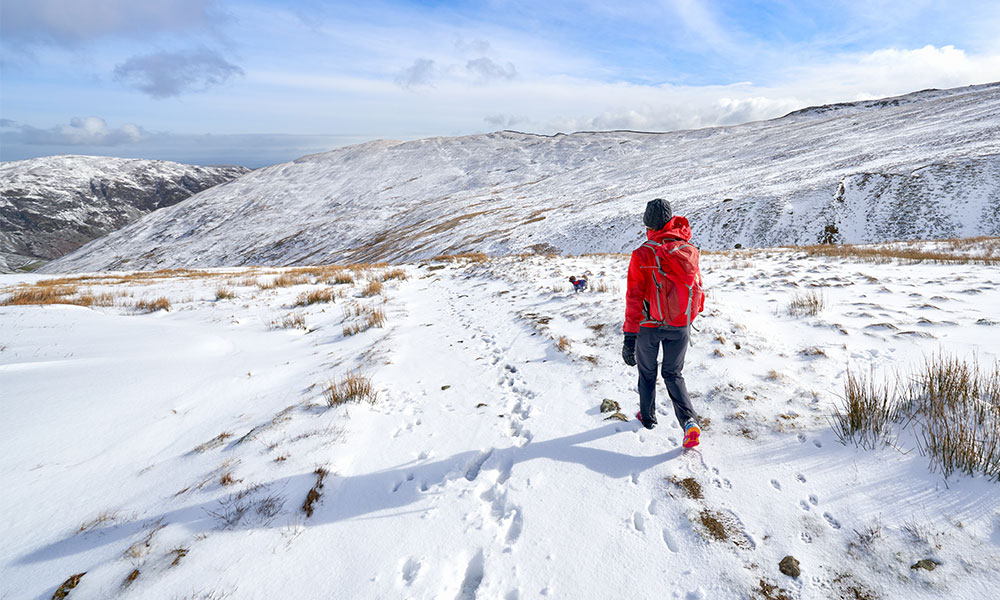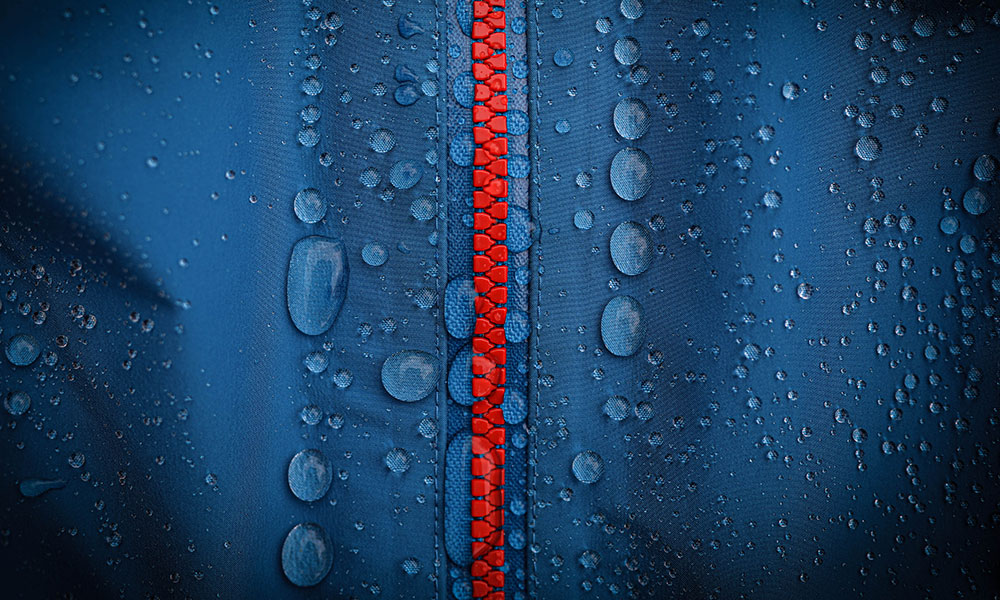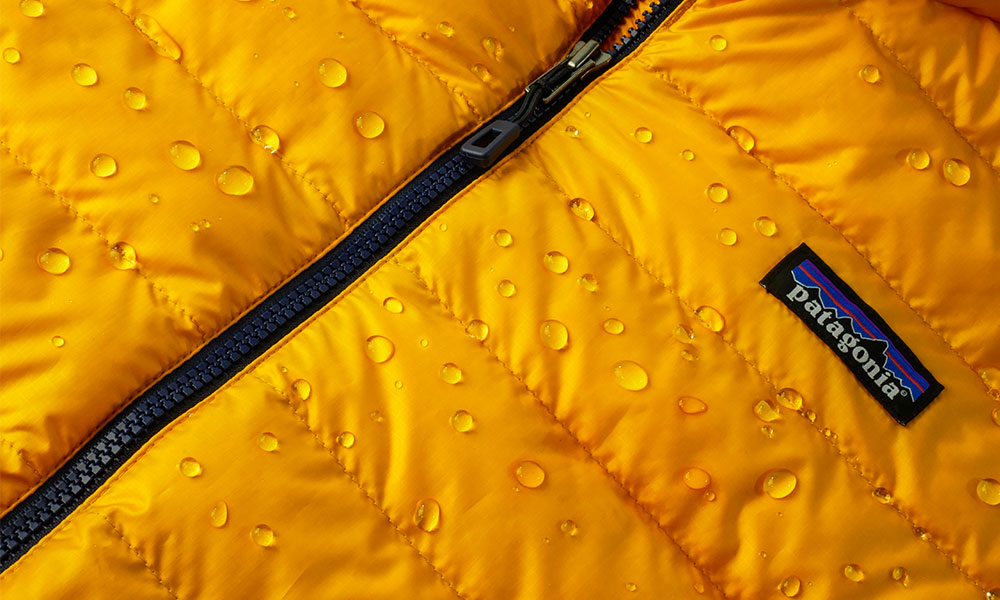A guide to washing and re-waterproofing
As you spend time outdoors, the technical features on clothing can start to wear off. Kit care experts, Grangers, explain how to look care of your outdoor kit so you can restore its performance and enjoy it for years to come.
Why should you look after outdoor kit?
People often wonder why, when they’ve invested in technical clothing or footwear, do they also need to take time to care of them as well.
Well there are several reasons, the first is so that you can protect your investment, so your clothing and footwear lasts longer. The second is so that your purchase continues to perform as you need it to and the third is so that you can live sustainably and protect the world that we all love to explore.

Protecting your investment
When you purchase outdoor clothing or footwear, it’s because you like how it looks, how it fits and require the technical benefits that it offers – such as keeping you warm and dry or shielding you from the wind. Over time, as you spend time outdoors, these technical features can start to wear off, or the appearance of your jacket might diminish.
Unfortunately, a lot of people think that this means that it’s time to replace and purchase something new or that their clothing or footwear is faulty. This article is written to show you that this isn’t the case and with simple aftercare you can easily restore your purchase to like-new performance.
Helping the environment
As well as protecting your investment and the performance of your clothing or footwear, aftercare also allows us to live sustainably. According to WRAP, by keeping our clothing in use by just nine extra months can reduce our carbon footprint by up to 30%. Rather than replacing we can often easily repair or care for our gear so that it lasts for years to come.
Grangers recently launched the results of their Wear and Care Survey, a survey launched in line with The UN’s Sustainable Development goals. This survey explores how environmental elements impact our purchasing habits and how much more we can all do to look after our clothing and footwear and benefit the world around us.

Why does my waterproof clothing no longer keep me dry?
Outdoor apparel uses a durable water-repellent finish (DWR) to keep you dry. This finish forces water to bead away when it rains, while also allowing water vapour to escape – keeping you dry inside and out.
Over time, dirt, sweat, abrasion and varied weather conditions can cause the finish to wear away, meaning your gear will start to absorb water rather than repelling it. It also affects breathability, leaving you feeling clammy – ultimately leading to a miserable outdoor experience. However, there’s no need to worry you can easily revive your waterproofs.

How do I look after my outdoor kit?
One of the biggest concerns that people have when it comes to aftercare is that it’s hard or time-consuming but we can assure you that that’s not the case and through regular maintenance you can keep your clothing and footwear in use for many years to come. Here’s how to do it…
Clean before reproofing
We’d always recommend using a specialised cleaner. It’s vital to remove dirt before reproofing as dirt absorbs water and inhibits the water-repellent finish of your clothing. So cleaning with a technical detergent will prepare your clothing for fresh waterproofing treatment. Often, simply cleaning your waterproof clothing will also restore the existing DWR and breathability, without the need to reproof.
It’s very easy to clean your waterproofs, simply fasten all zips and velcro, loosen any drawstrings and wash according to care label instructions
Why can’t I use a normal detergent?
Normal household detergents have additives such as perfumes, optical brighteners and fabric softeners. After washing, these additives remain embedded in the fabric hence why clothes feel soft, fragrant and why whites appear brighter. While this is great for day-to-day clothing, these additives will impair the performance of technical clothing as they act as wetting agents and actively draw water into the fabric. Therefore, washing a garment with an existing DWR finish in a household laundry detergent will compromise the effectiveness of the DWR.
The same process applies to footwear, often people use washing up liquid or put their trainers into the washing machine but technical spray-on cleaners will ensure that your footwear retains its water-repellency.

How to reproof clothing
Once your gear has been cleaned with a technical detergent, it’s time to reproof. There are a variety of options, which allow you to choose between spray-on or wash-in and both options are just as easy to apply.
Wash-in proofers offer you that all-over coverage making sure that you’ve not missed any spots. If using a wash-in proofer, leave your jacket in the washing machine and simply add the suggested amount of product to your washing machine drawer and rewash according to care label instructions. If you have more than one article in the washing machine then simply add more as per instructions.
Spray-on proofers allows you to apply extra to areas prone to abrasion such such as where rucksack straps sit. If using a spray-on, remove your waterproof clothing from the machine and spray all over while damp, remove any excess product and allow to dry.
How can you tell if my gear needs reproofing?
We recommend testing the shoulders of your jacket or knees of your waterproof trousers with a few droplets of water. If the fabric wets out or starts to seep into your clothing rather than beading, then it’s time to reproof.

How to dry after reproofing
Again, this is personal choice. All waterproofing products will offer durable performance if you leave your clothing to dry naturally. However, for optimum durability, we’d recommend applying a small amount of heat such as a tumble drier (on a very low/gentle setting) or a hairdryer, if possible.
Do I need to wash and reproof separately?
Generally, it is considered a two-step approach, however, you can use a unique 2-in-1 solution which cleans and reproofs in one wash. It’s added to the washing machine like a normal detergent, following manufacturers instructions, and removes dirt while offering durable protection, saving time while also conserving energy and water.
How to reproof footwear
For a leather boot, we’d always recommend applying a nourishing waterproof wax and allow it to dry before use. However, for those with mixed upper materials including suede and nubuck an easy-to-apply spray-on reproofer like Grangers Footwear Repel Plus, will allow you to easily reproof all footwear uppers. It’s conditioning element also makes it ideal for suede and nubuck.

Banishing the down care fear
We know that the idea of caring for your down and insulated clothing is scary but it’s the best way to ensure that it continues to keep you warm and it really is simple to care for. Over time, dirt and grime can affect the feathers or synthetic materials that give your jacket its loft, also leaving you clammy and uncomfortable.
How to care for down
We recommend using a technical cleaner, just as with your normal waterproofs. By using a technical cleaner formulated specifically for down, you’ll restore your jacket and be warm again in no time.
With easy-to-use down care kits looking after your insulated items has never been easier and you can choose whether or not to reproof.

Tumble drying your down
After cleaning and reproofing your down, it’s time for the most important bit – drying!
If you have access to a tumble drier then we recommend using reusable dryer balls in your machine, to help to gently restore the loft. Some people use tennis balls, but we wouldn’t recommend this approach. They can be quite aggressive because of their weight and also the colour may run onto your insulated items. Before putting your jacket or sleeping bag into the dryer, gently ensure that the down is distributed throughout and set the machine temperature according to the care label instructions.
All down dries differently so throughout the drying process, periodically check your articles are drying evenly, not overheating and that the down is still evenly distributed.
What if I don’t have access to a tumble dryer?
While we’d always recommend using a tumble dryer, where possible, if you do not have access to one then we advise line drying and shaking at regular intervals to separate and agitate.

Once your clothing and footwear has been cleaned and reproofed it’s time to get back outside!
We hope that this guide has gone some way to reassure you about the ease of taking care of your outdoor clothing and footwear so that next time the weather forecast says rain (which it often does) you’ll want to stay outdoors for longer!





